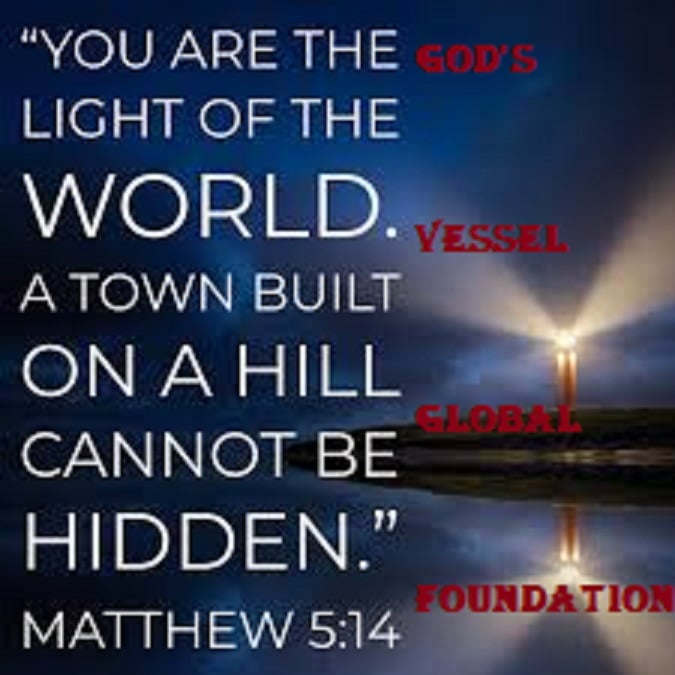This message, imbued with religious fervor and directed towards a “Beloved Daughter of Zion,” emphasizes the divine placement of believers as beacons of light and spiritual strength. It draws heavily on biblical imagery, specifically the metaphor of a city on a hill, to illustrate the visibility and influence that God intends for his followers. The message underscores the responsibility that comes with this elevated position, calling for boldness, vigilance, and unwavering faith in the face of opposition. It encourages recipients to resist any attempts to diminish their spiritual light and to actively demonstrate God’s power in the world around them. This call to action is interwoven with assurances of divine protection and blessing, emphasizing God’s role as provider, protector, and ultimate source of peace.
The message resonates with a sense of urgency and empowerment. It urges believers to shed any timidity and embrace a radical faith, invoking the “power of God” to overcome obstacles and address challenging situations. This empowerment is linked to the authority bestowed upon believers through Christ Jesus, enabling them to confront the world with confidence and demonstrate God’s power. The message repeatedly emphasizes the need to “invoke the power of God radically,” suggesting a proactive and assertive approach to spiritual life, rather than passive acceptance. This call to action is further reinforced by references to biblical figures like Elijah, who boldly confronted opposition and witnessed divine intervention.
The message extends beyond individual empowerment to encompass a broader vision of spiritual leadership and influence. The city on a hill serves not only as a source of light but also as a model of strength, vigilance, and defense against spiritual adversaries. This imagery suggests a responsibility to protect and guide others, providing a strong and visible example of faith in action. The message also emphasizes unity and warns against discord among believers, citing Proverbs 6:16-19, which lists seven things that are an abomination to the Lord, including “one that soweth discord among brethren.” This underscores the importance of maintaining a strong and cohesive spiritual community, working together to fulfill God’s purpose.
The message carries a prophetic tone, invoking the year 2025 as a significant time for personal and spiritual advancement, declaring it “MY YEAR FOR MY STAR TO RISE FOR THE WORLD TO NOTICE.” This declaration suggests a time of increased visibility and recognition, aligning with the central metaphor of the city on a hill. The message also includes a prayer for divine blessing and the impartation of Elijah’s mantle, symbolic of spiritual power and authority. This prayer reinforces the message’s emphasis on seeking God’s empowerment and guidance in all aspects of life.
The specific biblical references woven throughout the message provide further context and depth. Matthew 5:13-16, the source of the city on a hill metaphor, emphasizes the importance of letting one’s light shine before others so that they may see good works and glorify God. I Kings 18:24 recounts Elijah’s challenge to the prophets of Baal, culminating in a dramatic display of God’s power through fire. II Kings 1:10-18 tells of Elijah calling down fire from heaven on those who challenged his authority. These references serve to illustrate the power and authority available to believers who stand firm in their faith.
Finally, the message concludes with practical elements, including a list of contact information and an identification of the message’s originator, “God’s Vessel Francis Ameyibor.” This provides a tangible connection to a specific individual and organization, anchoring the spiritual message within a real-world context. The inclusion of WhatsApp contact information suggests a desire to facilitate further communication and engagement with the message’s recipients, fostering a sense of community and shared purpose. The repeated emphasis on radical faith, coupled with the expectation of a significant shift in 2025, creates a sense of anticipation and encourages active participation in fulfilling the vision outlined in the message.


